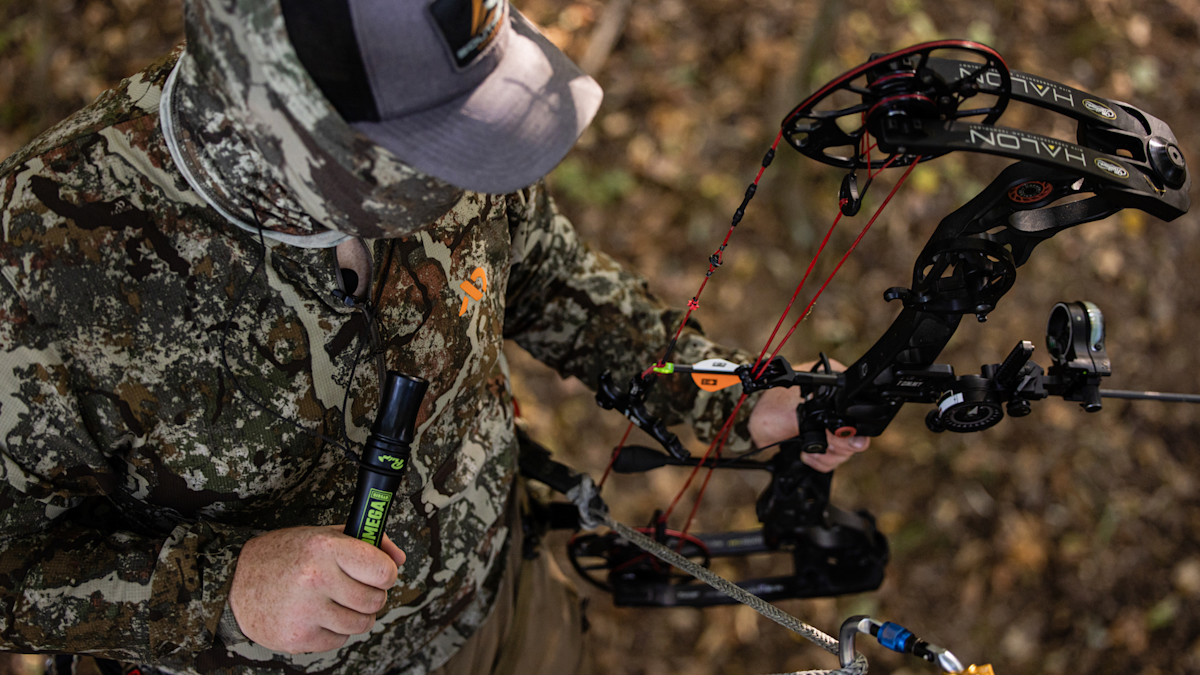
The first couple weeks of November coincide with dreamy fall temps, long sits in the stand, and big rutting bucks. Unless you live and hunt in the deep South. In that case, the first week of November looks a lot like October, minus a few leaves and (hopefully) cooler temps. But like other aspects of the South, its slow-paced rut has advantages that make it an underrated phenomenon in the whitetail woods.
There are exceptions, some Southern states might experience a typical November rut, but for the deep South (think Gulf Coast states), the rut usually occurs during late winter. For you midwestern and eastern hunters, I can’t think of a better excuse to escape the bitter cold than chasing another rut down south while the rest of the country is knee-deep in snow. So, if you’re itching to notch your tag on a dodgy southern buck, here are a few things to know before pointing your wheels south.
Varying Dates
While the rut is predicted easily by a calendar and coinciding photoperiods in most areas of the country, the warm climate of the South allows deer to abide by a different breeding schedule because harsh weather conditions aren’t a factor for fawn births. In a lot of the South, the rut might differ by as much as two months in some states.
This makes it a double-edged sword, especially if you’re traveling to hunt. It also makes the December to February timeframe an exciting time of year. In my home state of Mississippi, parts of the Delta or northern areas might experience peak rut in the first week of December. Southern parts of the state can experience rutting activity as late as February. You know, the month when monster Midwestern deer have likely dropped their antlers.
This past year, my daughter and I watched two bucks fight across the road in my neighbor’s pasture. They couldn’t have been thirty yards from the road, and they didn’t seem to care that two humans were watching them less than 100 yards away. This occurred the first week of February, just a little over a month from my state’s turkey opener. It’s worth noting that I live an hour from the Gulf Coast.
But if you drive just an hour north from my house where I do most of my hunting, the rut typically falls during the week of Christmas. You can see both the dilemma and the appeal. For this reason, it’s a good idea to call local game wardens in the part of the state you plan on hunting. They’re typically more than happy to tell you when they see the most rut activity, which should help you plan your trip around holidays or work.
Mild Temps
Late-season conditions in typical whitetail country can be downright brutal. By this time of year, most hunters are probably tying flies, ice-fishing, or whatever else snowbirds do while they wait for the greenup. In southern states, hunters are just hitting their stride.
Instead of dealing with snow and subzero temps, you’re likely to find fall-like conditions where highs peak in the low 50s and lows hover around freezing. There are exceptions like single-digit temperatures or the occasional seventy-degree Christmas, but those aren’t as common.
The South’s mild winters can also make scouting on the fly a lot easier. Because everything isn’t covered in snow, fresh sign is easy to spot and distinguish from sign laid in the early season. Of course, the lack of cover this time of year can be difficult to navigate but still preferable to snow or frostbite.
Bigger Bag Limits
Unlike one-buck states, those along the Gulf Coast allow you to take multiple bucks and does with a single license. For instance, Mississippi is a three-buck state, and the high deer density means it’s not out of the question that you could go home with more than one.
It also makes the tag prices easier to stomach, knowing you can bag multiple deer. If you get lucky and tag a deer on your first hunt, you’ve got a great excuse not to play camp cook for your buddies still struggling to find deer.
The Orange Armies
If you’re a bow-only hunter, this might be a deal breaker for you, even though it shouldn’t. Parts of the deep South have long gun seasons that, for better or worse, overlap with the rut. You also might have to deal with hunters who run deer with dogs.
However, this can be avoided by planning your trip around dog season or targeting areas where it’s not allowed. Luckily, the South holds a lot of public lands, and beating the crowds isn’t a big hurdle.
Last Man Standing
By the end of December, deer season is three months old, and the number of trucks in parking lots or trailheads looks a lot different from opening day. Casual hunters have called it quits or resorted to box stands within driving distance.
That’s good news for hunters who still have the stamina for all-day sits, especially on public land. Sure, deer have been pressured all season, but remember, it’s the rut, and that means anything can happen.




